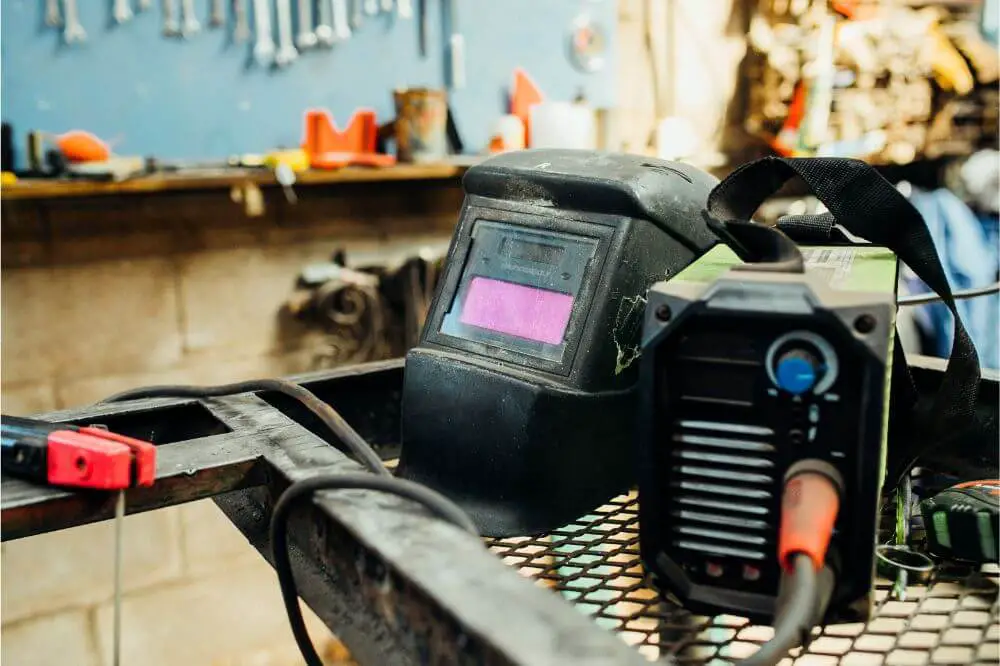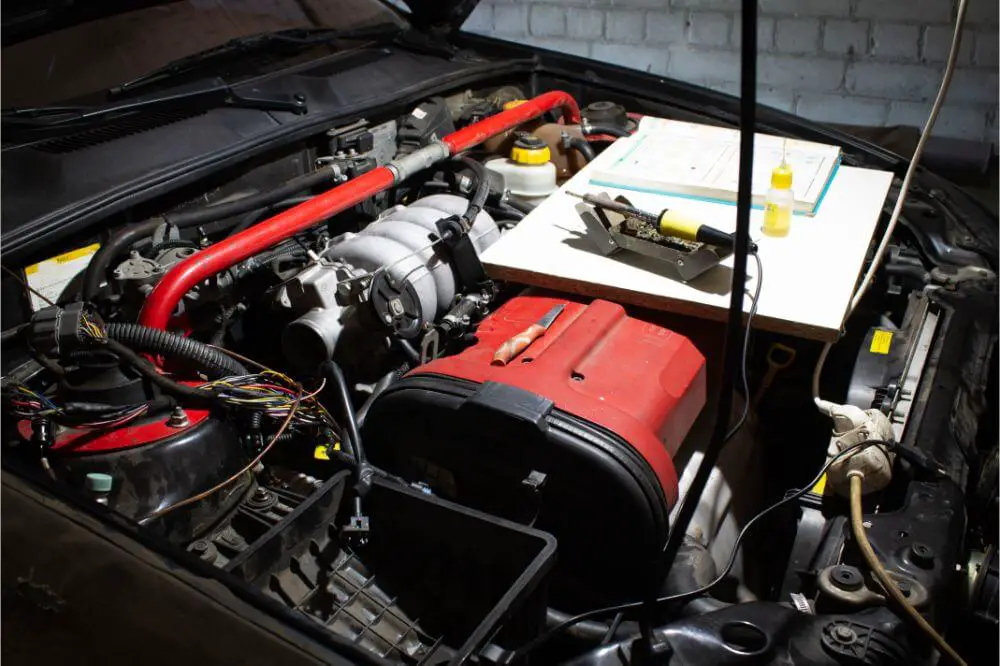Soldering is the process of joining two items by melting solder and putting metal into the joints. Soldering iron, on the other hand, is a hand tool that supplies heat to melt the solder.
- A brief history of soldering iron
- Uses for soldering irons
- Sizes of a soldering iron required for automotive
- How to solder an automotive component
- Wattage soldering iron needed
- Cons of using high wattage
- Importance of low wattage soldering irons
- Cons of using low wattage soldering irons
- The size of the tip and wattage
- Maintaining a soldering iron
- Conclusion
A brief history of soldering iron
The history of joining metals together dates back to around 1894. This was in Mesopotamia, where the joined metals were used to make war weapons and swords.
After modern-day soldering was introduced in America, many other companies started manufacturing soldering iron on a large scale. The tools used in this process are a soldering gun, soldering iron, and a soldering pencil. Joining metals has over time been used in so many areas all over the world.
Uses for soldering irons
Apart from automotive wiring and joining other parts of an automotive, there are several other uses. These include jewelers, metal workers, roofers, and electronic technicians. Although solder is not so strong to join heavy metals and automotive repairs, it can be used to smoothen rough surfaces and fill irregular cavities.
In this article, I will focus on automotive uses. Depending on the task or metals to be conjoined, one will require different sizes of soldering iron.
Sizes of a soldering iron required for automotive
This depends entirely on the task ahead. The size of the soldering iron may vary, and as such, they will accomplish different tasks. Take, for example, a 25-watt iron is better used in repairing audio and cables. A 40-watt iron is good for automotive parts, while a 15-watt iron is well suited for thin wires and circuit boards.
A 40/60 soldering iron; this means that 60% is made of tin and 40% lead. It is best used in automotive since it melts at 370 degrees.
When soldering any connection, it is advised to use a 40-45 watt iron. This is because iron with lower watts doesn’t heat as fast as one would want.

How to solder an automotive component
It is paramount to keep in mind that when you want the best connections, ensure you use a 60-40 rosin-core solder. It contains a good flux that melts before metal heat. As that is happening, the flux coats the wire strongly.
First, you will need to turn the wire into useful material by heating it using a soldering iron. To do this, you require the following:
- Sponge to clean the wire
- Automotive wire, same size with the old wire
- Wire strippers
- An electrical tape
Remove the wires you want to solder together, twist them together. Heat the tip of the soldering iron to very high temperatures to enable the melting of the solder. Wipe the tip with a damp sponge, coat the wire with solder.
Wattage soldering iron needed
This is important since it determines how long it takes for the tip to heat up. High wattage takes a shorter period to heat up. It is therefore good to buy a device that heats up faster and maintains high temperatures.
Another aspect of consideration is the size of the tip as it plays an important role. When soldering small and delicate materials, a small tip is good because it will not damage the surface
Most irons have a wattage of around 30-60 watts. When soldering big and many joints, it is better to use a tip that generates more heat and retains it for long. A 50-watt tip is best for such work.
Cons of using high wattage
- Very high electricity bills
- Can easily damage the tip because it wears fast
- Can damage electronic components
Although it is not all about the wattage, modern soldering irons have features that help in controlling the temperatures. These features are;
- An improved design of the circuit, this regulates the heat of the tip
- An accurate sensor that has been upgraded to respond to temperature changes faster
- A good conductor of heat tip
Importance of low wattage soldering irons
For small and light soldering tasks, a low wattage is good because it reduces the chance of damage. It works better when soldering small resistors, watches, or thin wiring.
Cons of using low wattage soldering irons
- Temperature stops rising once it has attained its wattage
- They heat up faster
- It is only ideal for small tasks
The size of the tip and wattage
It is important to consider the size of the tip as it helps in determining the type of task to undertake. A smaller tip releases heat faster, therefore dropping it to an effective level faster. It will then take more time to wait for the tip to heat again.
On the other hand, larger tips can retain heat for a long time even with low wattage. Long tips take more time to transfer heat, shorter tips are better since they can work effectively even in tight places.
Maintaining a soldering iron
Taking good care of soldering iron is very important as it prolongs its usage and works effectively for a long time. The following are tips on how best you can take care of your tools:
- Do not use excess heat, soldering at very high temperatures causes the coil to burn to lead to faulty services. Always try to operate the iron at optimal temperatures as indicated on the tool.
- Remove excess metal oxide, a continuous build-up of metal oxide prevents adequate melting of the solder
- As you change the solder, always ensure you adjust the temperatures.
- Always replace a worn-out soldering iron because even after taking good care of it, they are prone to aging. This helps in avoiding destroying components
- Try using high-quality solder. When using high quality, it melts faster and at the expected temperatures.
- Turn off the iron after use. Leaving it on increases the rate of wear and tear.
Conclusion
As you solder components, always remember to ensure that you are using a good size of the tip. The length should be short to enable working on tight places.
Also, consider the temperatures at which the iron operates to avoid damaging your automotive. Note that every size has its specific task depending on the temperatures and the size of the tip.


